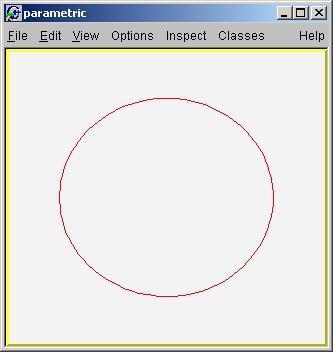[quote]Timur, try to draw a circle with “const Int_t nPoints = 20”.
With Bezier interpolation you will get “correct” circle with less number of subdivisions.[/quote]
Gagagaga!!! Podlovil, aga.
Why not nPoints == 3? Or 2? But again, Olivier is right about TGraph and its option “C”.
But… how do you build these nice cubic splines? You have cool computet, which can draw curves??? Or you still aproximate them this some subdivisions??? So, stop flame!!!
voilà, nPoints == 20. TGraph:
